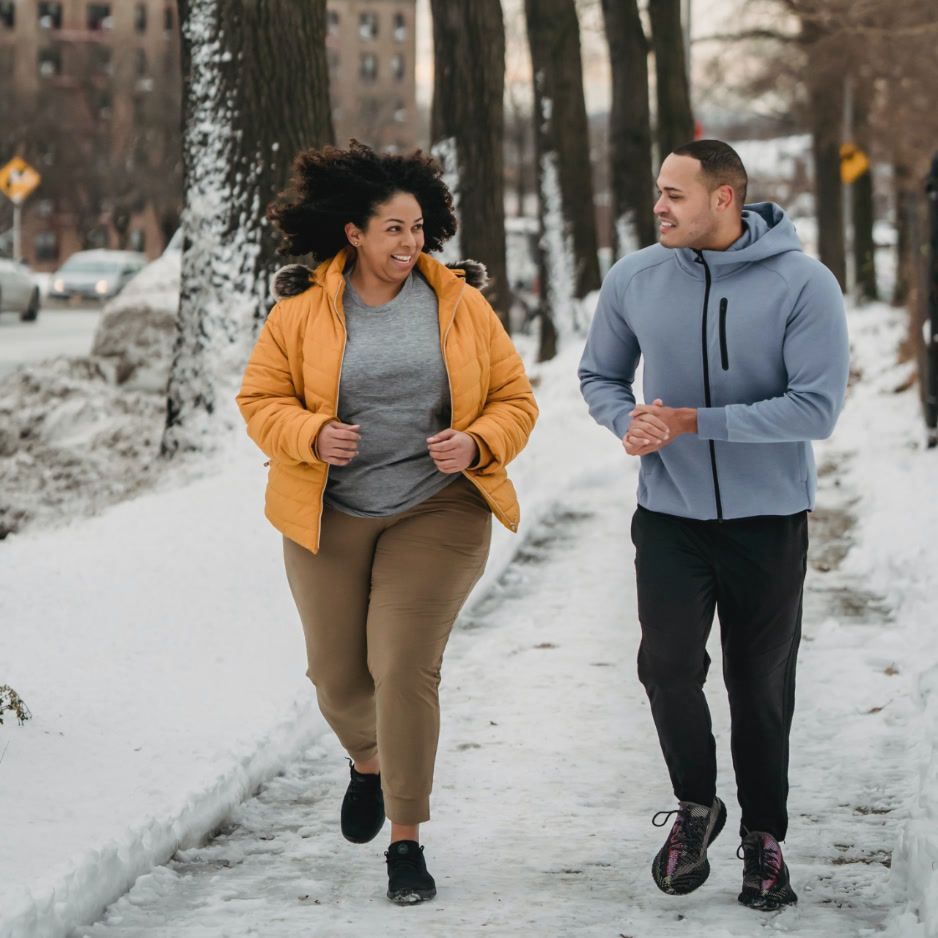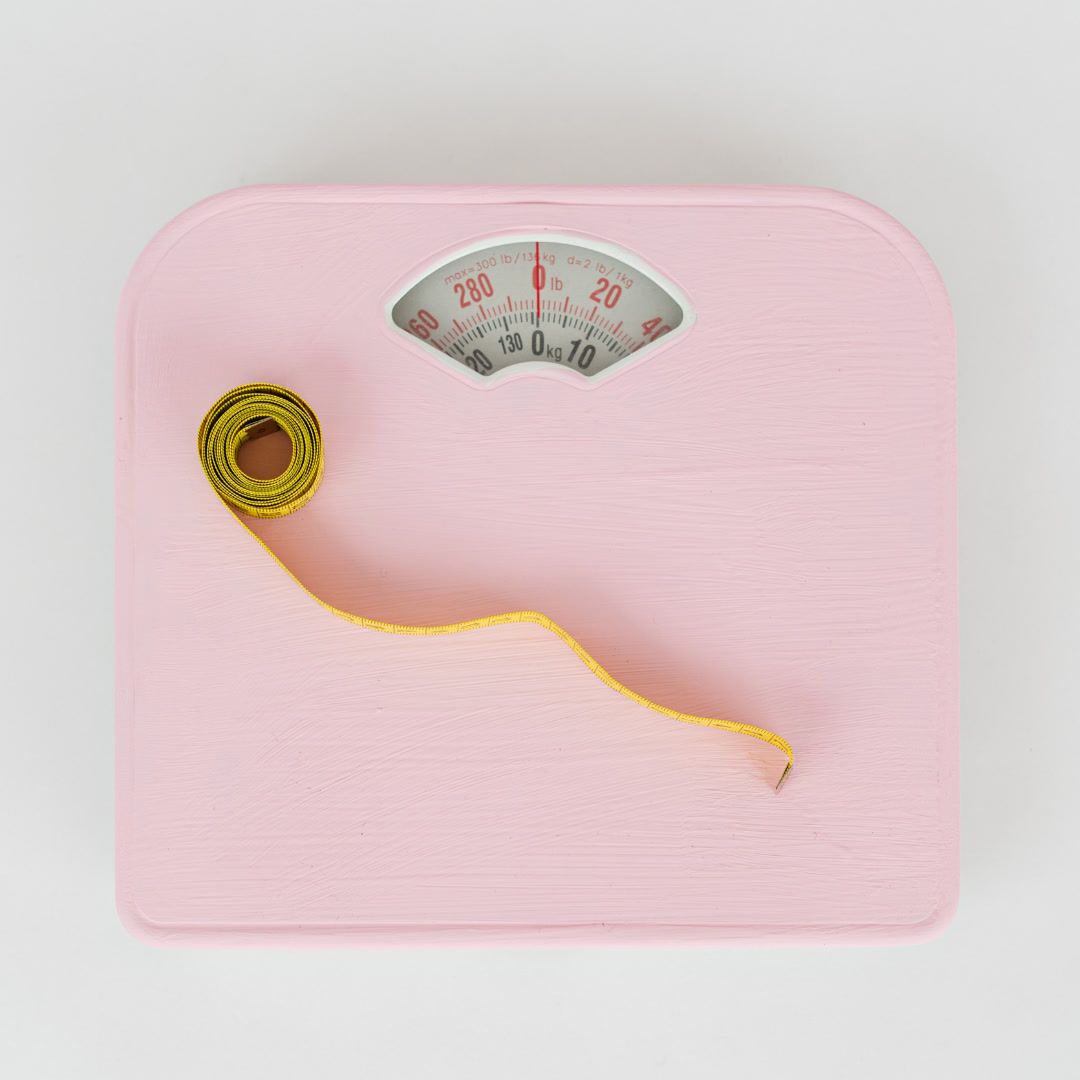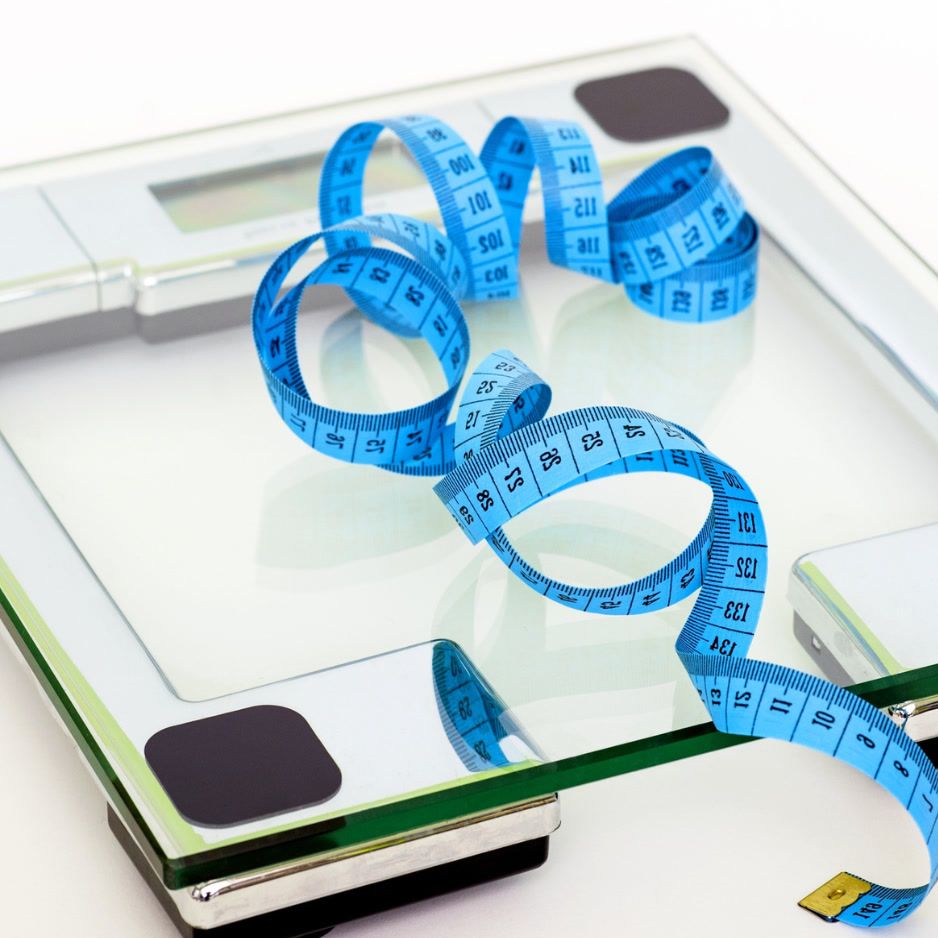25% Body Fat Women: Health, Appearance, and Measurement Methods
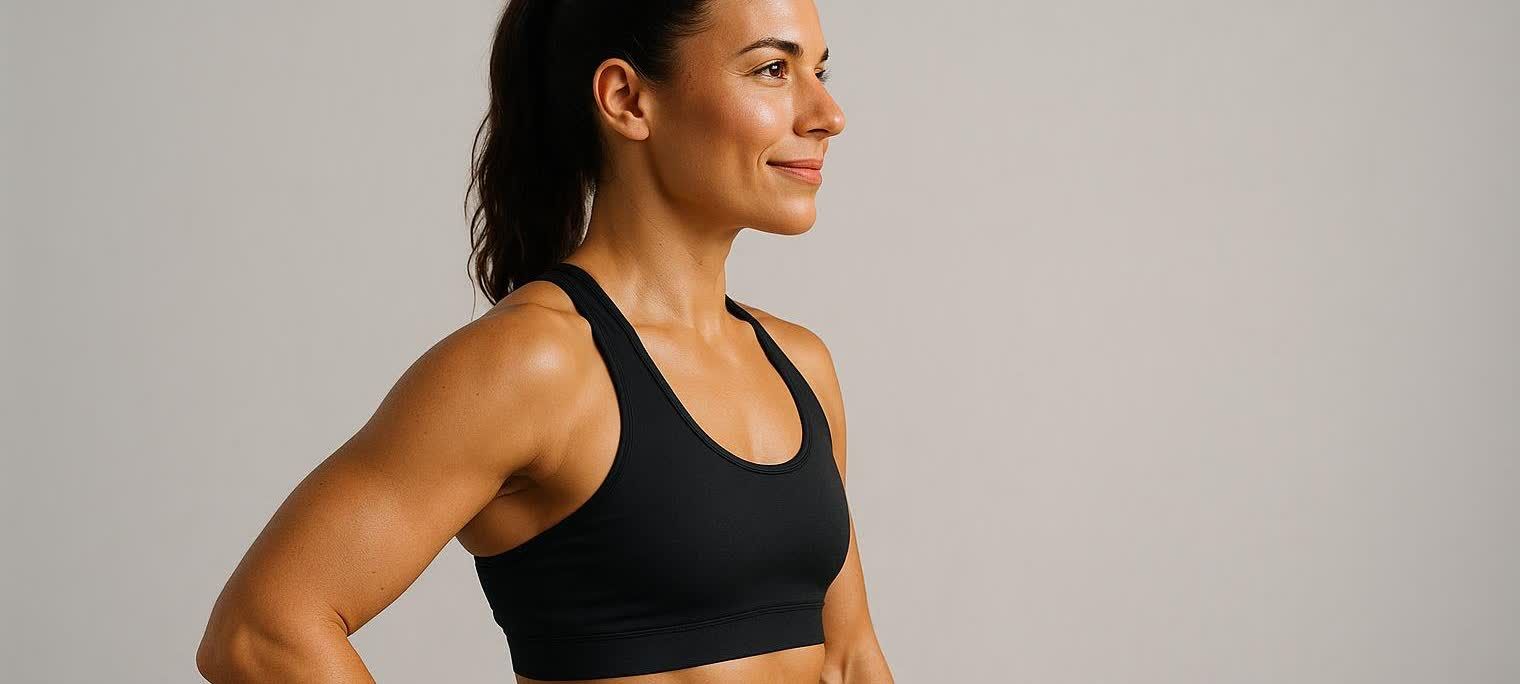
25% Body Fat Women: Health, Looks & How to Measure
- Is 25% body fat healthy for women? Generally yes — it’s right at the start of the “healthy average” range.
- What does it usually look like? Lean with some shape and a little softness at the midsection.
- How do you measure it accurately? DEXA is your best bet for precise, repeatable results and a full picture of fat, muscle, bone, and visceral fat.
Around 25% body fat, many women feel energetic, see some muscle lines, and can maintain this level without extreme dieting. Health at this level also depends on where fat is stored — especially visceral fat (VAT), the “deep belly fat” tied to metabolic risk. DEXA is excellent for tracking VAT along with total body fat% (as confirmed by a recent clinical review of body composition methods). For consistent tracking, BodySpec’s quality controls deliver about ±0.5 percentage-point repeatability when you prep the same way each time — see our DEXA accuracy guide.
Understanding Body Fat Percentage Ranges for Women
A commonly referenced set of ranges for women comes from ACE-style categories:
| Category | Women (% body fat) |
|---|---|
| Essential fat | 10–13% |
| Athletes | 14–20% |
| Fitness | 21–24% |
| Healthy average | 25–31% |
| High (obese classification) | 32%+ |
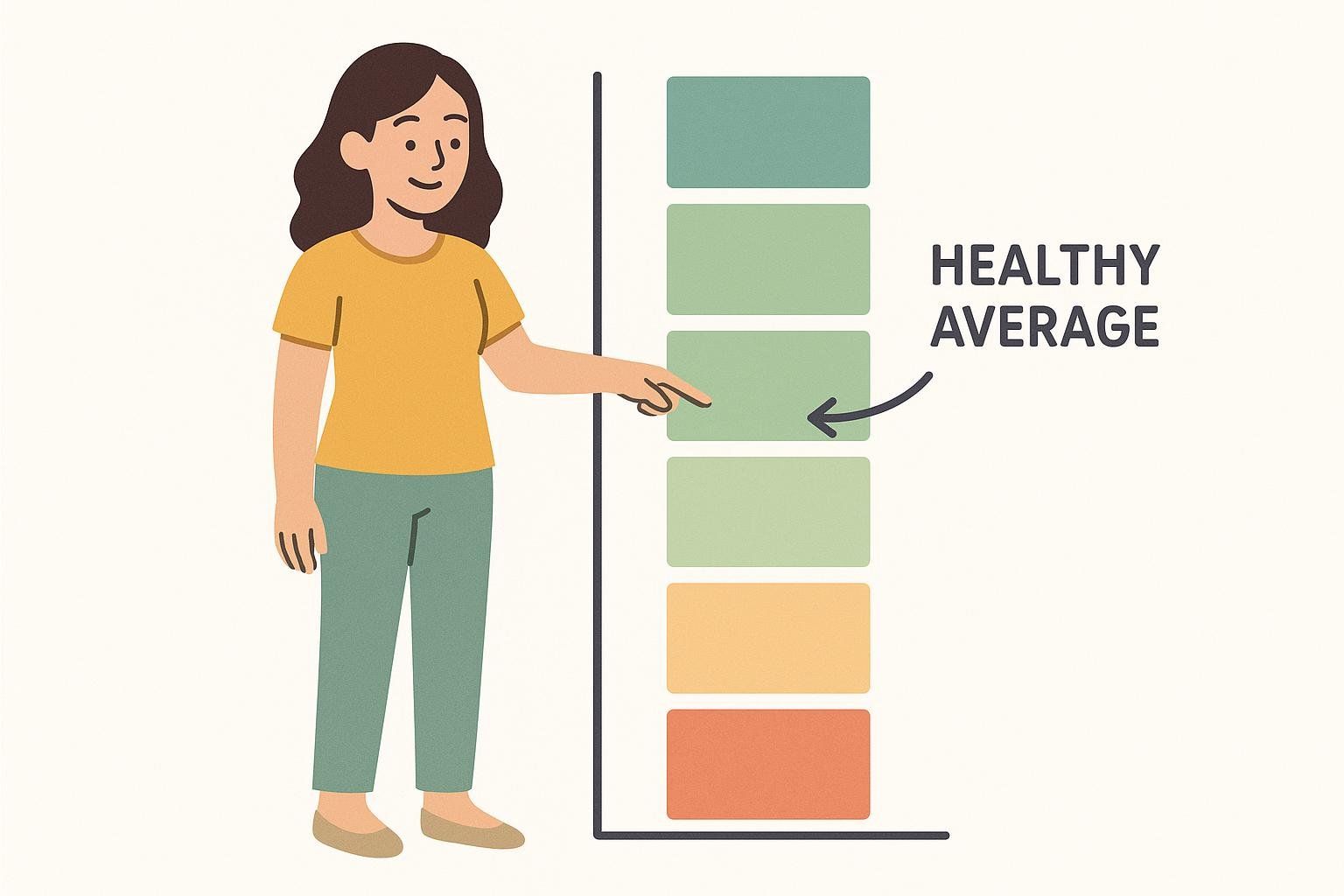
At 25%, you’re at the entry to “healthy average,” just above the “fitness” band, per ACE-style ranges summarized by Verywell Health.
For context, 25% is leaner than the typical U.S. woman, who averages around 40% body fat, according to data from Verywell Health.
What 25% Body Fat Typically Looks Like on a Woman
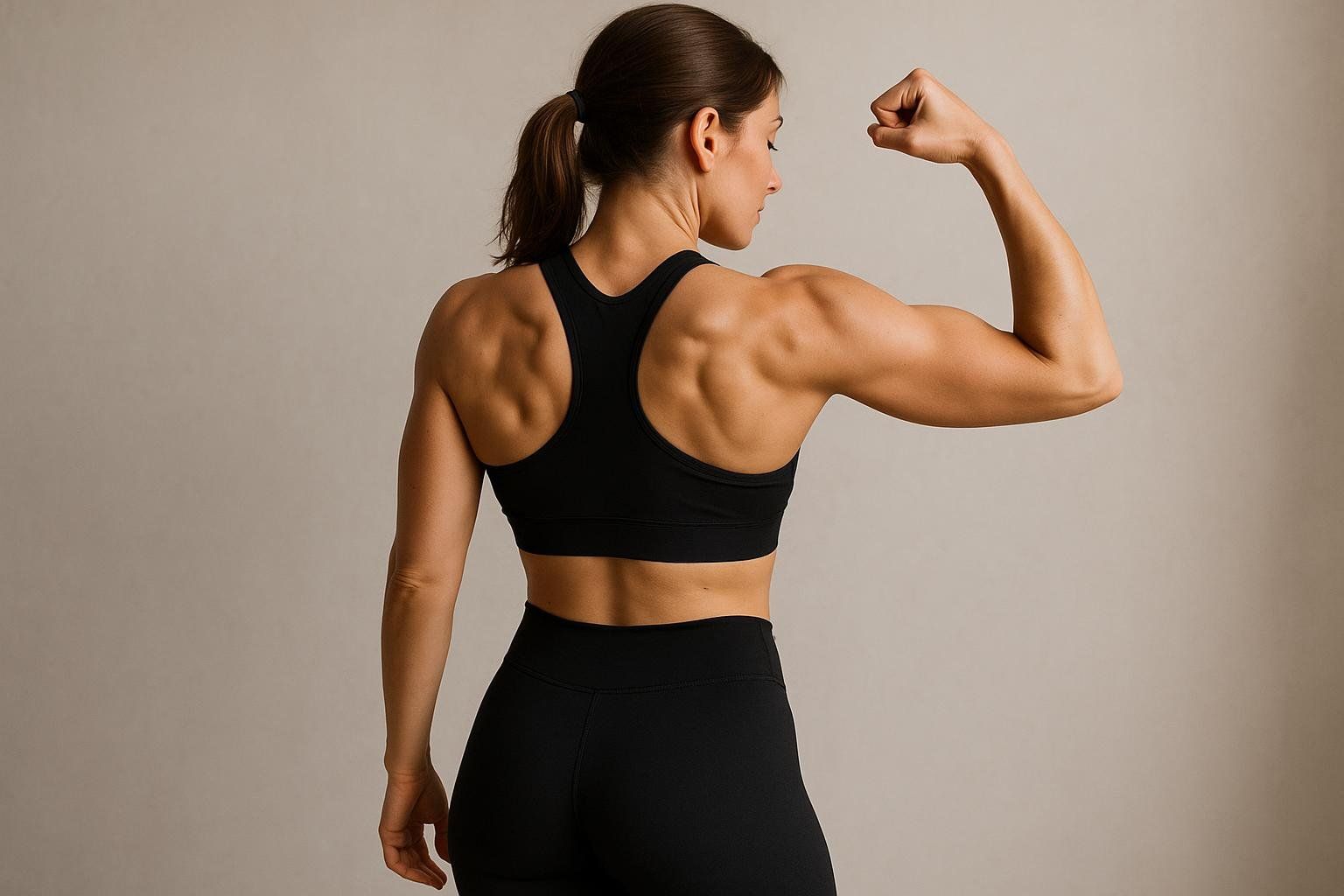
Everyone stores fat a bit differently, but many women around 25% body fat notice:
- Visible muscle shape in the legs and shoulders; light definition when flexing
- Flatter midsection at rest with some softness; upper abs may show in good lighting
- Defined waist without being “stage lean”
- Glute and hamstring lines that show more with flexing or movement
Because appearance varies with genetics, age, hormones, and training history, it’s smart to combine objective DEXA measurements with simple progress photos to see the full picture.
Is 25% Body Fat Healthy for Women?
- In categorical terms, 25% is generally considered healthy and sustainable for many women (ACE-style classifications).
- Health risk depends on fat distribution — particularly visceral fat (deep belly fat). Monitoring VAT with DEXA gives a clearer health picture (see this study in women on VAT and metabolic risk). Our guide to understanding visceral fat risks explains practical thresholds and how to track VAT in pounds.
Bottom line: 25% can be a great place to live. Keep an eye on VAT, maintain (or build) muscle, and watch trends over time rather than fixating on a single number.
The Most Accurate Way to Measure 25% (and Track Change)

How common methods stack up for personal accuracy and convenience:
- DEXA scan:
- Measures total body fat %, regional fat/muscle, bone, and visceral fat in one quick test.
- Fast (6–10 minutes), very low radiation, and highly precise (see the clinical review of body composition methods).
- BodySpec’s repeatability target: about ±0.5 percentage points with consistent prep — details in our DEXA accuracy guide.
- New to DEXA? Here’s what to expect on scan day.
- Smart scales (BIA): Convenient, but can miscalculate fat and muscle mass by several kilograms compared to DEXA — better for weight trends than exact body fat (validation study).
- Calipers/tape formulas: Useful when done consistently. For at-home estimates between DEXAs, try the BodySpec Body Fat Calculator (Navy method, typically ±3–4% vs DEXA).
Planning a scan? A little prep goes a long way: avoid intense exercise for ~12 hours, keep meals and hydration typical, and wear light, metal‑free clothing — see our scan prep checklist.
Goals at 25%: Maintain, Recomp, or Lean Out Slightly
Your next step depends on your priority. Science-backed options:
- Maintain health at ~25%: Strength train 2–4 days/week and monitor VAT with DEXA every 3–4 months — use our visceral fat guide.
- Recomp (more muscle at a similar %): Eat around maintenance with higher protein and progressive resistance training; shape and performance often improve without pushing lower. Our BodySpec recomposition guide explains the approach step by step.
- Get a touch leaner (toward 21–24%): Use a modest calorie deficit while lifting to protect muscle. A sustainable goal for many is about 0.5–1.0 percentage point of body fat per month. Plan and track with the BodySpec Body Fat Calculator and periodic DEXA.
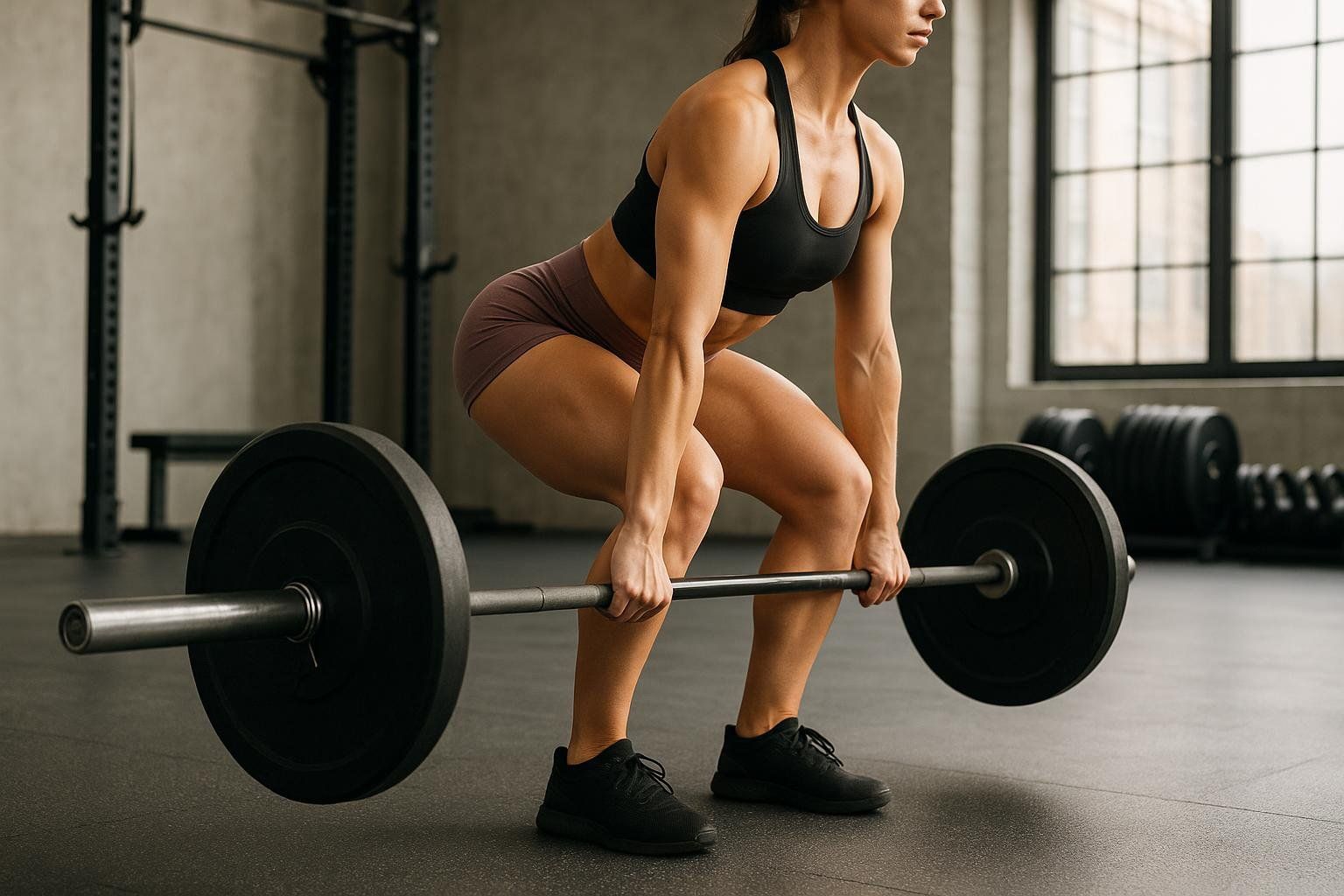
Proven nutrition and training levers
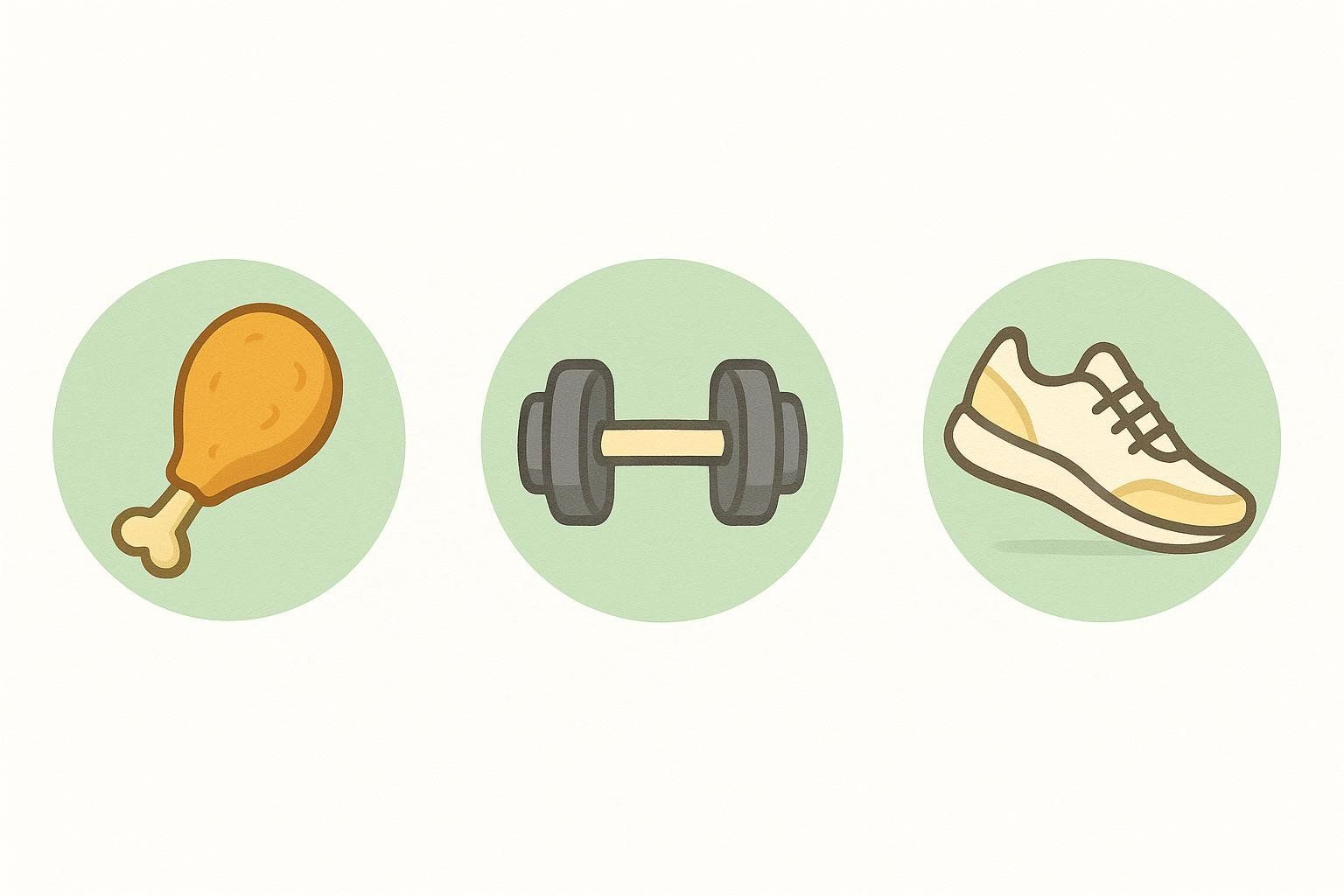
- Protein target: 1.6–2.2 g/kg body weight (0.7–1.0 g/lb) supports muscle while losing fat — details in our recomposition guide.
- Strength 3–4x/week: Focus on squats, hinges, pushes, and pulls with progressive overload; aim for 10–20 hard sets per muscle group weekly — see programs in the female muscle-building guide.
- Cardio mix: 2–3 sessions/week. Blend steady-state and intervals based on preference and recovery. HIIT can be time-efficient for reducing VAT when programmed wisely — more in our visceral fat guide.
- Steps and recovery: 7–10k steps/day, 7–9 hours of sleep, and stress management to support appetite and training quality.
Summary and Next Steps
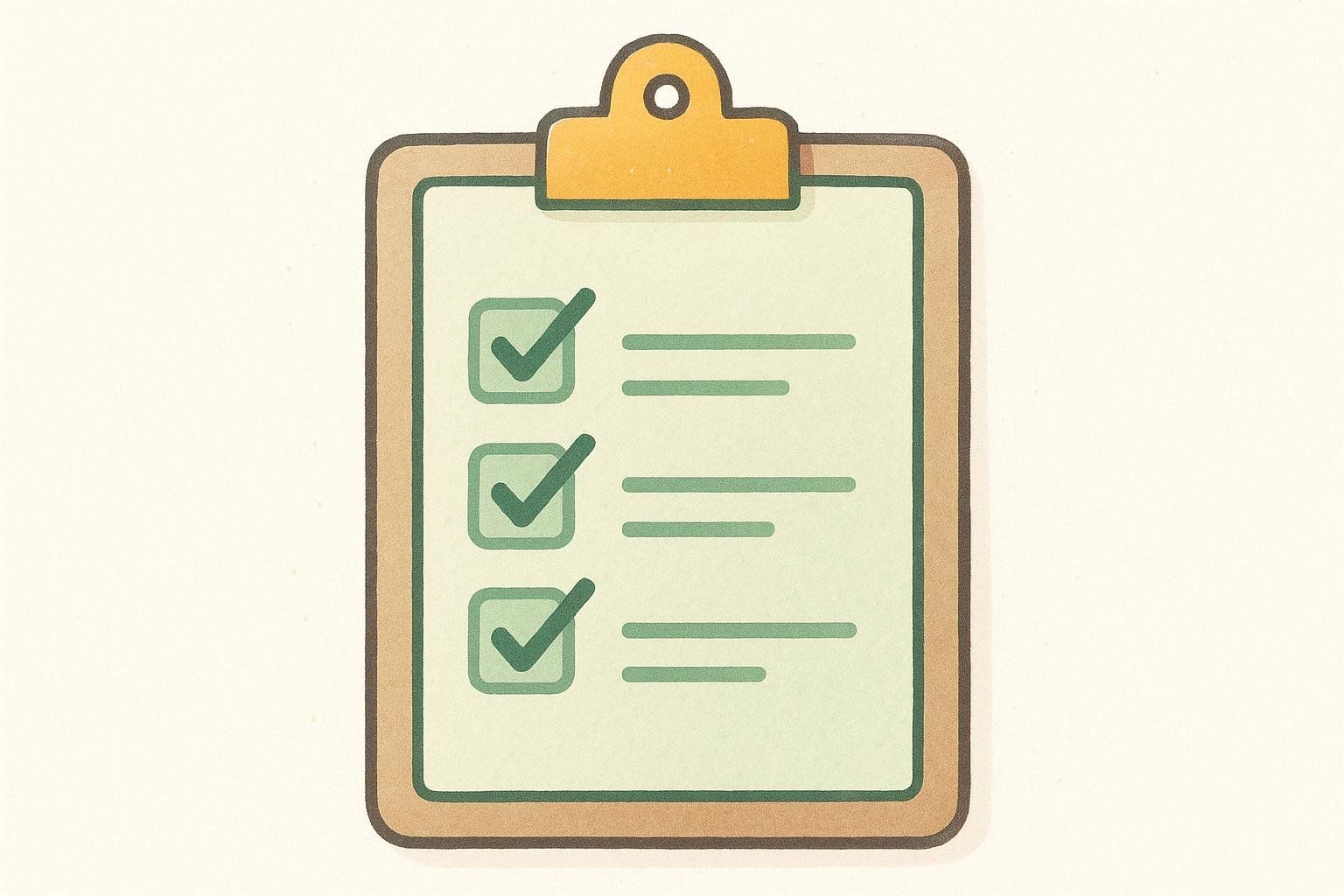
- 25% body fat typically falls in a healthy range for women and often presents a lean look with moderate definition.
- Health risk depends on fat distribution; monitoring visceral fat and maintaining muscle are key.
- For the most accurate tracking, establish a DEXA baseline and recheck every 8–12 weeks during active change. Between scans, use a validated calculator for estimates, and keep preparation consistent to improve repeatability.
